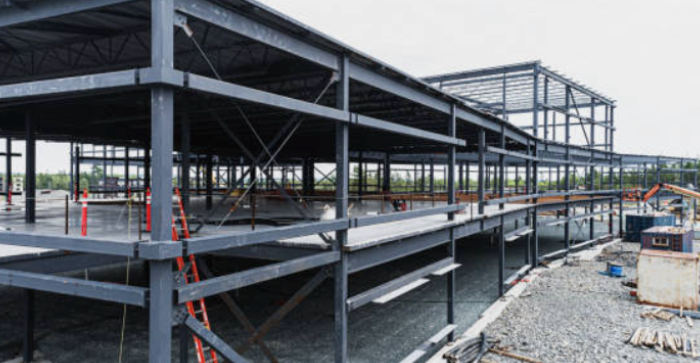
Posted on Saturday, October 19, 2024
Roll forming is a versatile metalworking process that transforms sheet metal into specific shapes by passing it through a series of roller dies. The process is efficient, cost-effective, and scalable, making it valuable across various industries. In Croatia, several sectors can benefit from roll forming technology, enhancing both productivity and innovation.
The construction sector in Croatia is a key driver of economic growth, particularly with ongoing infrastructural developments, residential projects, and commercial buildings. Roll forming technology can play a significant role in this industry by producing various building components, including:
The demand for modernized construction, particularly with EU-funded infrastructure projects in Croatia, creates significant opportunities for roll forming companies.
Croatia's automotive industry, though smaller in scale compared to some European neighbors, is growing steadily with manufacturers and suppliers contributing to both local and international markets. Roll forming is widely used in this sector for the production of:
Given the global push for electric vehicles and sustainable transport, roll forming can contribute to lighter, energy-efficient vehicle designs in Croatia's emerging automotive sector.
With the global shift towards renewable energy and Croatia's commitment to increasing its share of energy from renewable sources, roll forming presents exciting opportunities in this sector:
As Croatia seeks to diversify its energy portfolio with solar and wind power, the demand for roll-formed components in renewable energy systems will likely rise, providing a substantial market for roll forming manufacturers.
The agricultural sector in Croatia is another industry that stands to benefit from roll forming technology, especially with the need for modern, efficient farming equipment. Roll forming is used to produce:
As Croatia continues to modernize its agricultural practices, roll forming could contribute to improving efficiency and sustainability in the sector.
The transportation infrastructure in Croatia, including its strategic position as a gateway to Central Europe, means there is a significant demand for roll-formed metal components in transportation and logistics. These include:
Manufacturers of household appliances and consumer goods in Croatia can also benefit from roll forming technology. The process can be used to produce parts like:
Croatia’s growing construction, automotive, renewable energy, agriculture, transportation, and manufacturing sectors all present substantial opportunities for roll forming technology. The versatility, cost-efficiency, and scalability of roll forming make it an ideal solution for producing high-quality metal components across these industries.
As Croatia continues to modernize its economy, particularly with infrastructure and renewable energy projects, the adoption of roll forming technology will likely accelerate, creating new opportunities for both local manufacturers and international suppliers interested in entering the Croatian market.
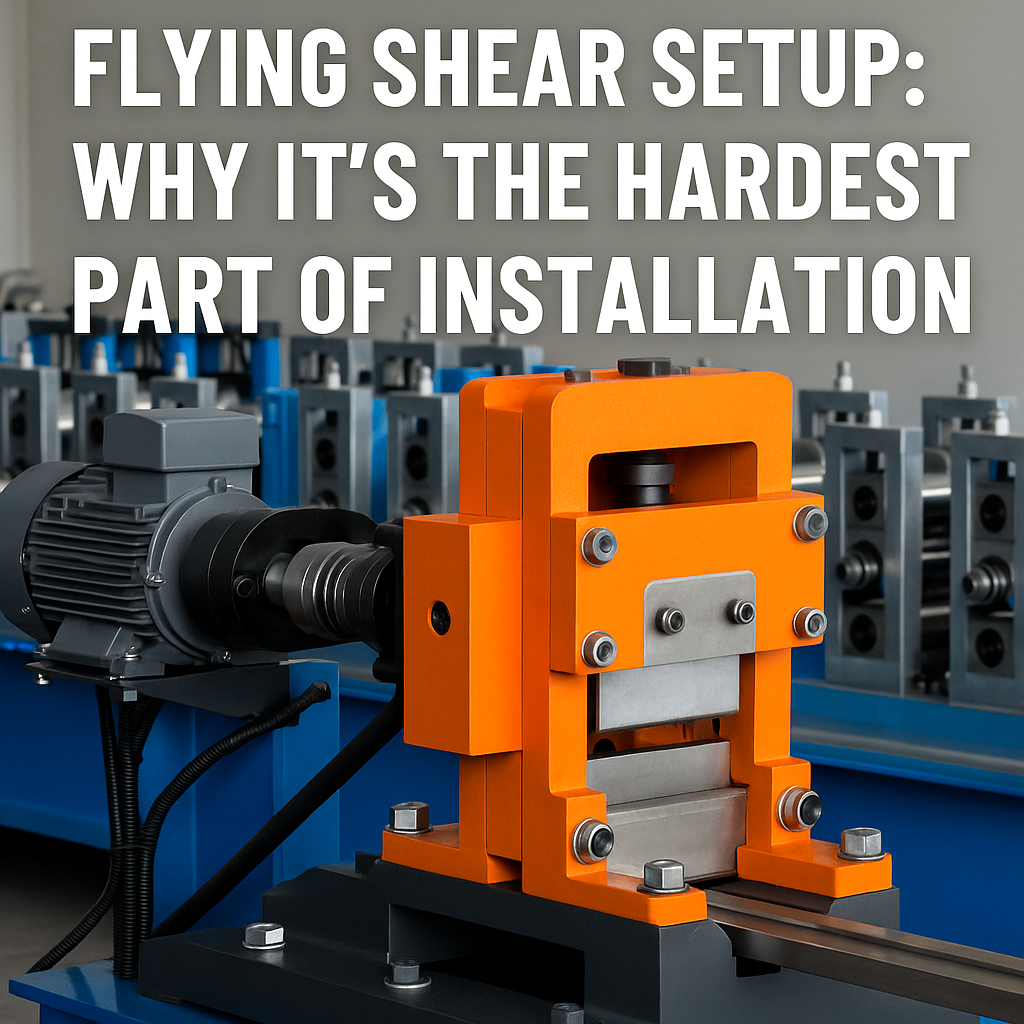
Flying Shear Setup: Why It’s the Hardest Part of Roll Forming Machine Installation
Posted on Monday, November 24, 2025
If you want a header image, meta description, or series continuation, just tell me.
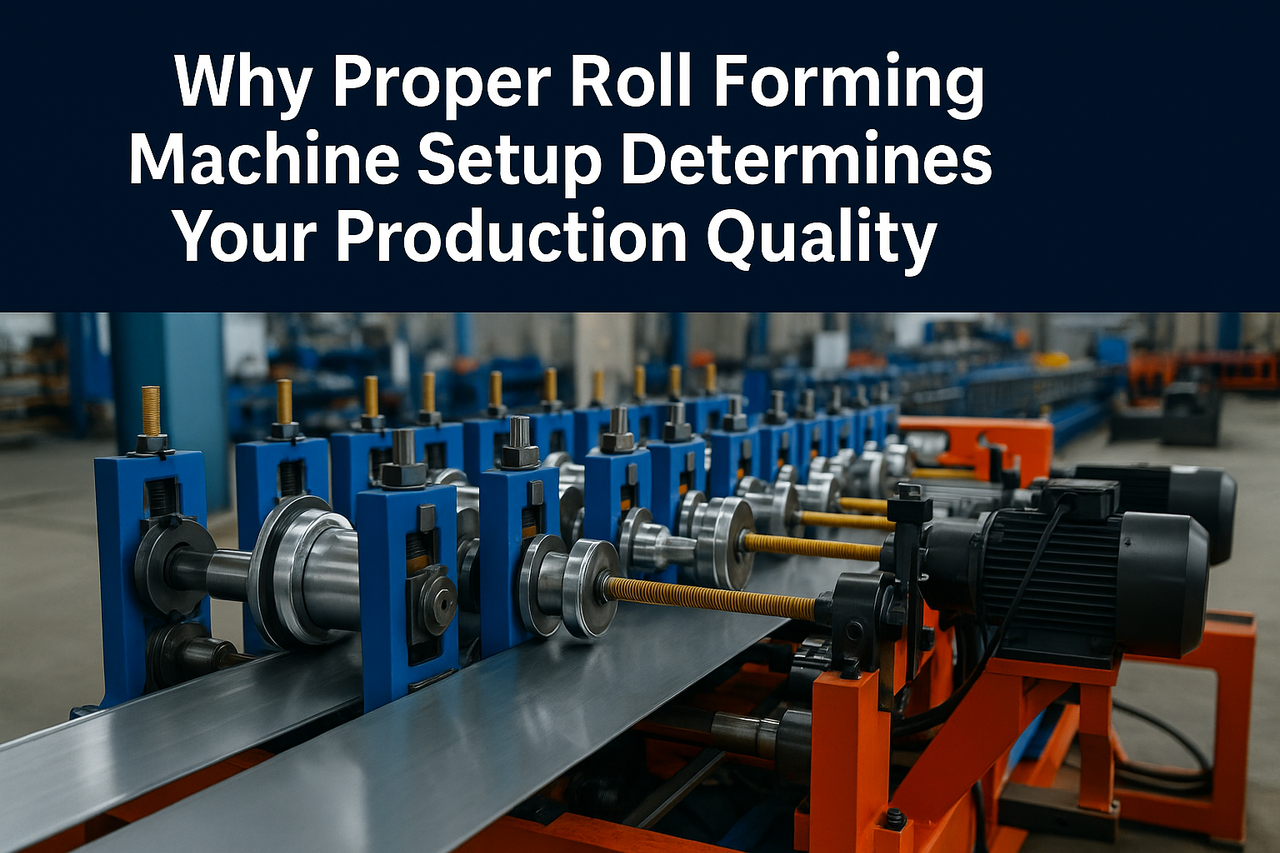
Why Proper Roll Forming Machine Setup Determines Your Production Quality
Posted on Monday, November 24, 2025
The #1 factor that decides accuracy, scrap rate, speed, and consistency.
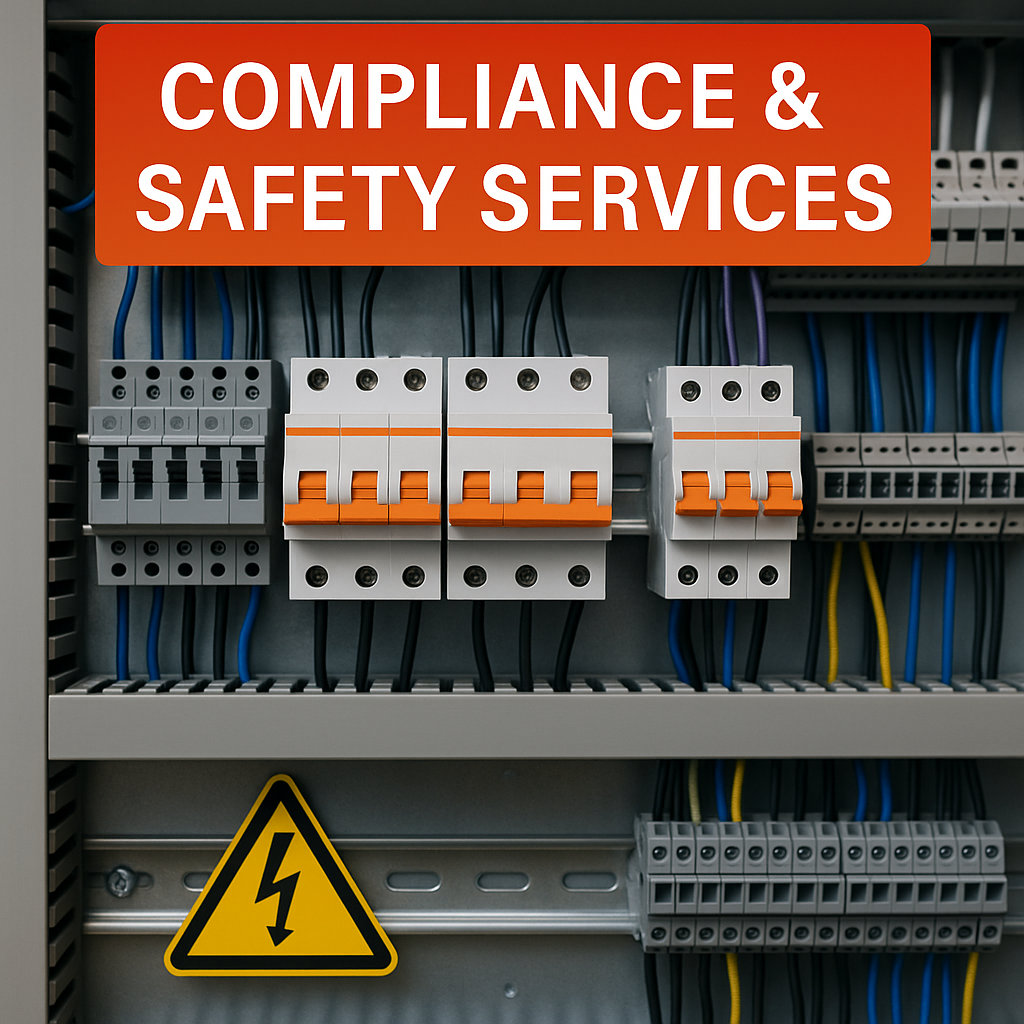
Compliance & Safety Services for Roll Forming Machines — Full Guide
Posted on Sunday, November 23, 2025
How Machine Matcher keeps your machines safe, legal, and fully compliant with CE, UL, and UKCA standards.
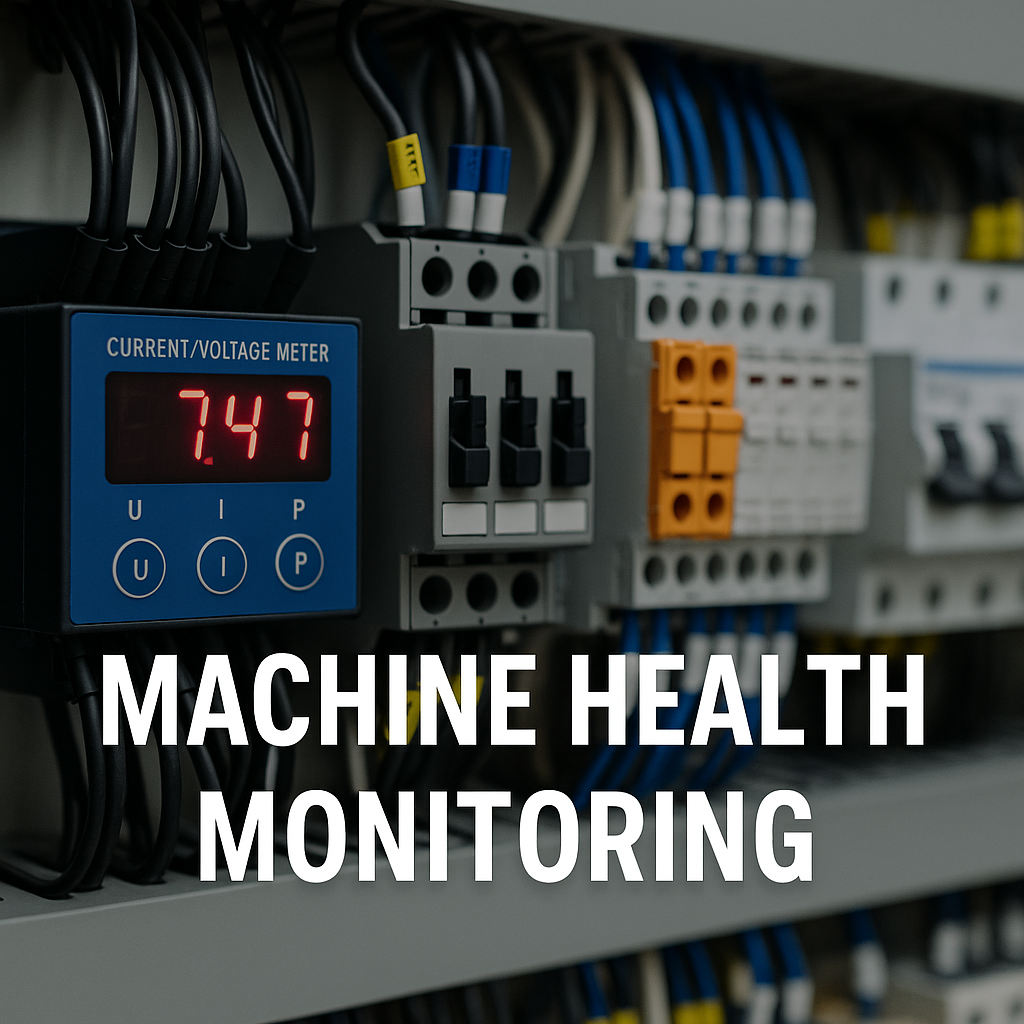
Machine Health Monitoring for Roll Forming Machines — Complete Diagnostic Service Guide
Posted on Sunday, November 23, 2025
Continuous diagnostics that prevent breakdowns, reduce downtime, and extend machine life.
Copyright 2025 © Machine Matcher.